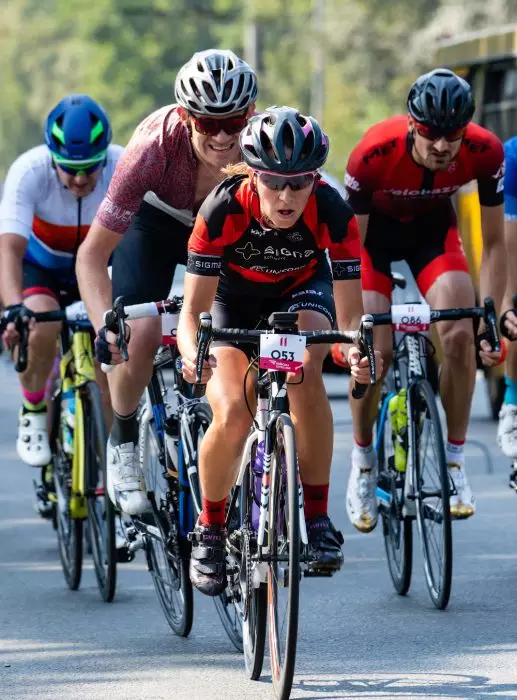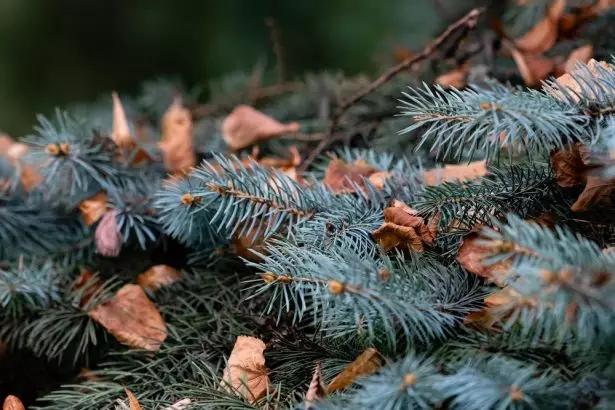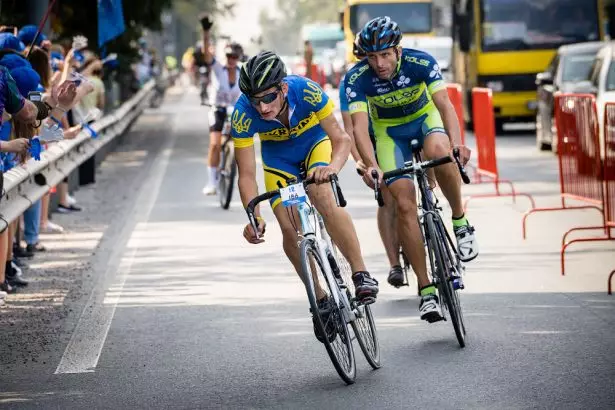Sony a6400 mirrorless camera review. Attention to the eyes
11.10.19
Sony a6400
Sony a6400 (ILCE-6400) belongs to the system (with interchangeable lens) mid-class mirrorless cameras.
In the Sony line, such models have an APS-C size matrix (sensor) (1.5 crop) and a proprietary E-mount mount.
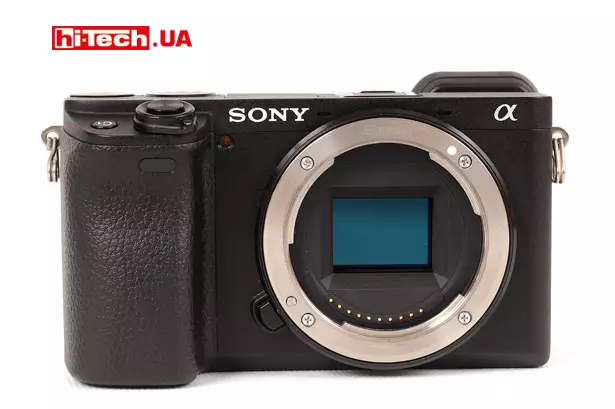
Sony a6400 mirrorless camera with cropped APS-C sensor
In general, this category of devices is addressed to a very wide audience of users. These can be complete beginners choosing their first “serious” camera, and users who have outgrown mobile photography (smartphones) and want something more advanced, as well as photo and video enthusiasts and even professionals who need an auxiliary or backup camera in addition to to the main one.
This year, Sony has significantly updated its line of cropped mirrorless cameras. It is clearly visible that the company concentrates not only on full-frame models in the upper categories, but also pays great attention to more affordable cameras.
The a6400 mirrorless camera discussed in this material was released at the beginning of 2019. Then, in August, in addition to it Sony announced the a6100, which is positioned just below the a6400, as well as the slightly more advanced a6600.
Differencesof camerasSony a6100, Sony a6400 andSony a6600
To compare the characteristics of the new Sony a6100, a6400 and a6600 mirrorless cameras, the company itself even provided a table in the official brochure.
All models are based on the same matrix, use an identical autofocus system and do not differ in burst shooting speed.
They are equipped with proprietary Real-time Tracking autofocus technology, they can detect eyes in the frame and focus on them.
The first detail is already hidden here. If in the Sony a6100 and a6400 eye focusing is available only in photo mode, then the a6600 model has the ability for both photos and video.
Only the Sony a6600 is equipped with a built-in optical stabilization system, and this makes it stand out from the trio.
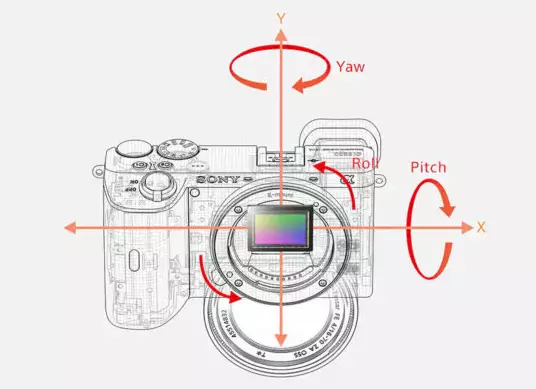
The flip-out touchscreen is identical on all models. The Sony a6100 decided to use a lower resolution electronic viewfinder.
Dust- and splash-proof housing with magnesium elements is provided for the a6400 and a6600, while the Sony a6100 uses a simpler plastic housing.

The external dimensions of the cameras are identical except for the slightly larger handle of the Sony a6600.
This is due to the use of a different larger battery. The capacity of the included battery Sony a6600 is more than double the capacity of the batteries installed in the a6100 and a6400.
Selectable picture profiles (Picture Profiles) S-Log2, S-Log3 and HLG (HDR) are available exclusively on the a6400 and a6600. For video enthusiasts, this may be important.
Continuing the topic of video-related features, note that an input for an external microphone is provided in all models, but only the a6600 also has a headphone output.
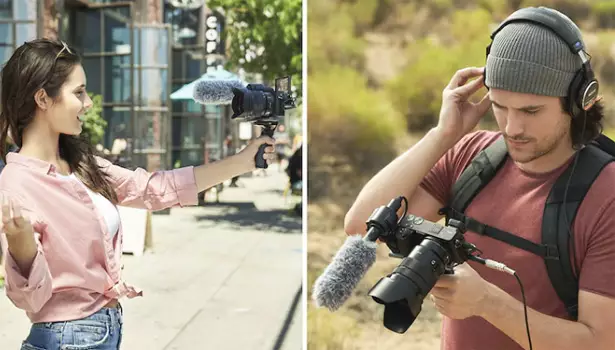
Interestingly, only the most advanced a6600 does not have a built-in flash.
Formally, all three cameras Sony a6100, a6400 and a6600 belong to the same class. By assessing their features, you can choose a more suitable model for the price.
Generation change
The Sony a6400 mirrorless camera presented in this test replaced a6300, released at the beginning of 2016.
It uses the same 24-megapixel Exmor CMOS sensor, so in terms of image quality you can expect approximately the same results as its predecessor.
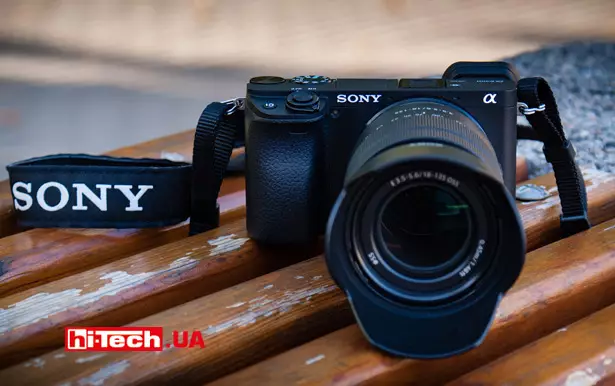
But the “wiring” of the sensor is completely different.
They installed a much more powerful BIONZ X processor, which, according to the manufacturer, was borrowed from more powerful full-frame cameras.
Very big changes have occurred in terms of autofocus. Like older full-frame Sony models, the cropped Sony a6400 received a more advanced, fast and accurate autofocus system.
This made the a6400 much more suitable for action scenes and even sports.
The hybrid system consists of a combination of 425 phase and 425 contrast autofocus sensors, which cover almost the entire sensor area.
Autofocus-related proprietary tracking technologies Real-time Tracking and eye detection in the frame Real-time Eye AF are also supported.
We will tell you more about the operation of the a6400 autofocus system later, but looking ahead a little, I must say that the camera simply surprised me with the quality and capabilities of this system.
The screen can now be tilted 180 degrees. When you need to place the camera close to the ground, raise it above a crowd, or take selfies, this design is very useful.
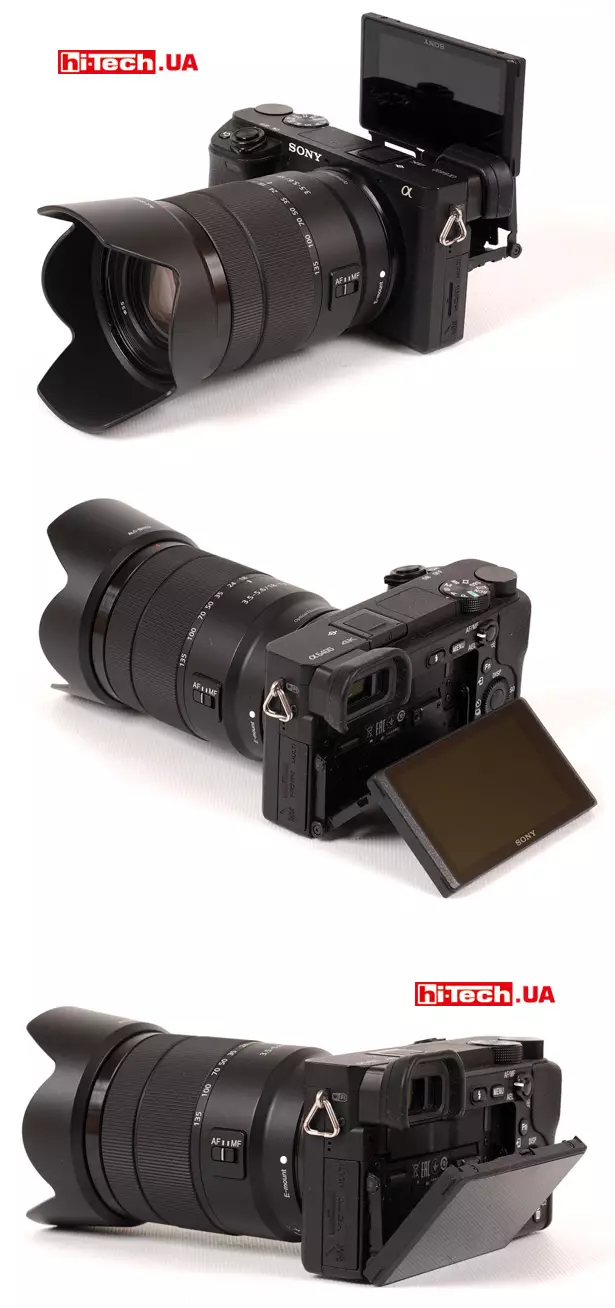
The screen itself is touchscreen. But for the most part, this was done not for ease of control for users who are accustomed to the touch screens of their smartphones, but for easier and faster selection of the focus point by touching in different parts of the screen.
For the first time, the HLG (Hybrid Log-Gamma) image profile is available for Sony cameras with APS-C sensors. It is designed for preparing HDR videos.
Get to know the Sony a6400 mirrorless camera
The protruding handle on the body makes the camera very grippy. But if you’ve previously shot with larger cameras or have larger hands, the Sony a6400’s shape may not be the most ergonomic.
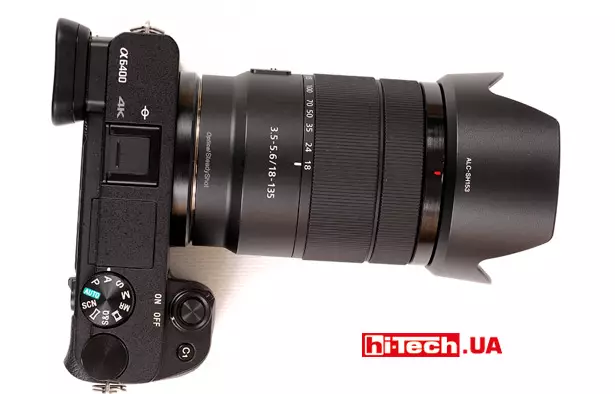
The camera panels contain a considerable number of different buttons and wheels for quick access and adjustment of various parameters.
For advanced users this is very appropriate.

The battery compartment is combined with a (only) memory card slot.

Various connectors (video output, interface port, charging connector, microphone input) are grouped together and covered with a cover.
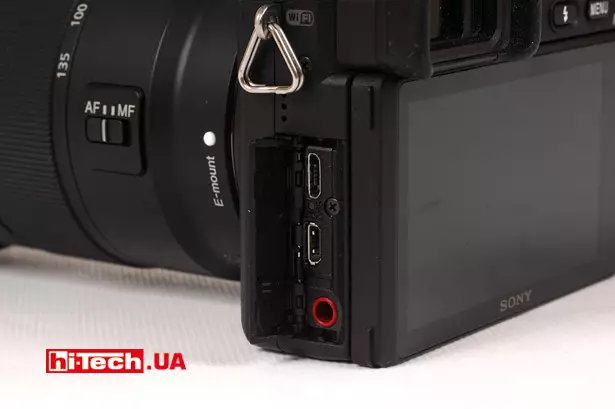
In our case, the a6400 comes with a Sony E 18-135mm f3.5-5.6 OSS lens.
The a6400 is also available separately and in a kit with a simpler Sony E PZ 16-50mm F3.5-5.6 OSS lens.
The E 18-135mm f3.5-5.6 OSS lens is equipped with a built-in optical stabilization system, as indicated by the OSS prefix in the name.
There is no separate switch for activating OSS on the lens. To do this you need to use the camera menu.
By the way, the on-screen menu has a traditional Sony organization. The number of different settings and functions is simply huge.
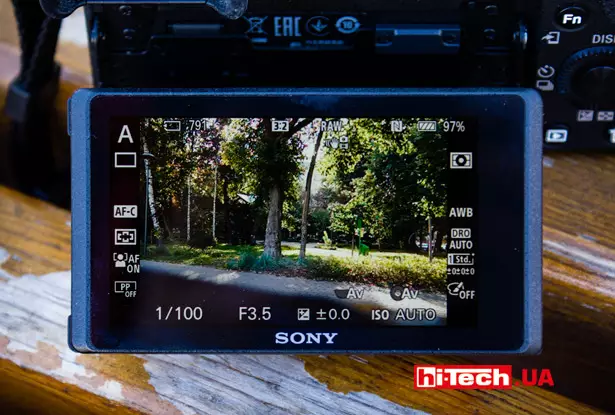

Even an experienced user will need some time to understand which sections contain which functions and parameters.
I was pleased that by pressing just one button you can quickly get a brief description of any menu item.
You can also save all settings in different profiles. For example, for sports photography you will need some settings, but for family video shooting you will need completely different ones.
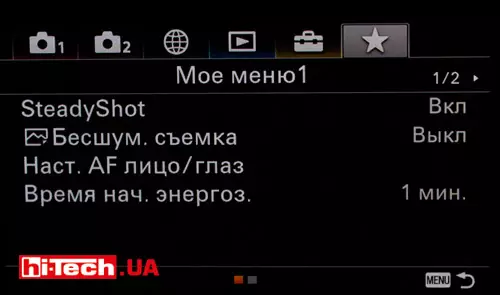
Additionally, any menu items you need can be added to “favorites”, which is very convenient.
In general, the controls of the Sony a6400 are not the most intuitive and require some getting used to, especially if you are “transferring” from a camera of another brand.
Removing
Even taking into account the fact that the Sony a6400 does not use the latest 24-megapixel matrix, the camera turned out to be very good in terms of shooting quality.
You can fully count on high detail (with the appropriate lens) and decent behavior, including when using high sensitivity.
It’s quite safe, sometimes, to set ISO values of 2000, 3200, 6400 and get decent pictures.
Here are some examples of shots taken at high ISO sensitivities.
- ISO 5000
- ISO 6400
- ISO 4000
- ISO 2500
MatrixSony, by the way, used not only in camerasSony, They are also famous for their excellent dynamic range. Sony a6400 is no exception in this regard.
The difference in the amount of noise is not very noticeable when shooting at a higher ISO and when shooting at a lower ISO with further exposure stretching in the RAW converter. That is, “amplification” of the signal from the sensor in the camera itself and “amplification” in the RAW converter give similar results in terms of noise in the image.
This feature allows you to use an interesting trick that we described back in Fujifilm X-E2S test.
In scenes with a wide range of brightness (for example, where there are bright skies and shadowy areas with detail), you can shoot at lower ISO speeds without overexposing highlights and underexposed areas. pull out” already in the converter. This way, it’s like you’re getting an HDR image from a single frame. This only applies to shooting in RAW.
Sony a6400, like modern advanced smartphones, can also automatically combine a series of frames into one to improve quality when shooting in limited lighting. The function, of course, is only available when shooting in Jpg and this is perhaps the only case when you can prefer Jpg to RAW.
It is better to see the difference in the examples at 100% magnification
- JPG file obtained by combining several frames
- Regular JPG file
In general, if you want to achieve good results, we recommend using the RAW format when shooting photos. This gives much more options for further processing of the frame.
When using the Sony a6400, more attention was paid to the camera itself, rather than the lens.
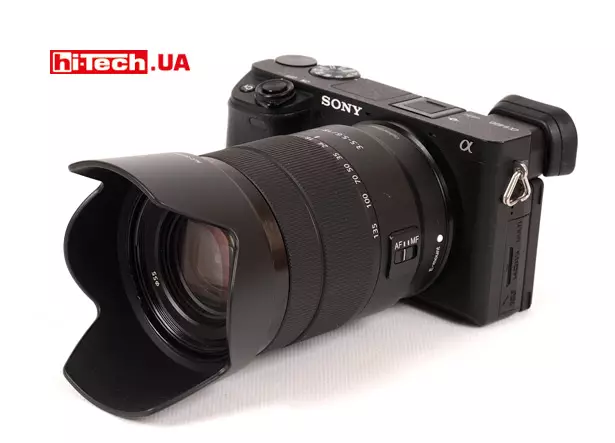
Sony a6400 camera with E 18-135mm f3.5-5.6 OSS lens
But we can say that the Sony E 18-135mm f3.5-5.6 OSS is simply an excellent all-around lens. The range of focal lengths will cover the basic needs of most users. Yes, it does not stand out for its high aperture, but it provides good shooting quality and performance. It is equipped with an optical image stabilization system, which can be used in both photo and video modes.
Of our complaints about the E 18-135mm f3.5-5.6 OSS, it is perhaps the relatively long minimum shooting distance. As part of the work at the IFA 2019 exhibition, I often had to remove various small parts of gadgets, and this moment caused some inconvenience.
Also note that the Sony E 18-135mm f3.5-5.6 OSS lens is very expensive. The price difference between the Sony a6400 camera itself and the set of a6400 and this lens is very significant.
The autofocus system deserves special praise.
Yes, in recent years mirrorless cameras have improved in this parameter in general, but Sony has achieved particular success.
It’s not even about autofocus speed. The camera truly brings a new level of convenience when shooting.
Yes, there are various advanced modes with settings for shooting areas, sensitivity settings, determining focus points, etc.
But in many cases, all these complications may not be necessary, and it will be enough to use only one mode with tracking to get a great result.
According to the manufacturer, using technologies associated with artificial intelligence (how could we live without them today), the camera is able to very accurately track a selected object in the frame (Real-time Tracking technology). In addition to this, the a6400 can detect faces and eyes in the frame (Real-time Eye AF technology).
Real-time Tracking and Real-time Eye AF technologies came here from older full-frame models.
When tracking, the camera catches the face and eyes; if the person turns away, the camera continues to keep the head in the frame.
In practice, this works very well and makes the camera very convenient for both serious use and ordinary amateur family photography, when there are children, animals, etc. in the frame.
Yes, Real-time Eye AF can detect the eyes of not only humans, but also animals. The corresponding setting is provided in the menu. You can also choose focus priority on the left or right eye, which is very useful when shooting portraits.
A quick note: Real-time Eye AF does not work in video mode. But this is not so critical; you can still track an object in the frame.
The speed and quality of autofocus are quite enough for the successful use of the Sony a6400 in sports. At least when it comes to non-professional sports photography.
The electronic viewfinder image refresh rate is also quite good. The maximum value is 120 Hz.
Several examples of sports photography
A few years ago, mirrorless cameras could not even come close to competing with DSLR cameras, even not at the top level, in terms of capabilities related to shooting sports, but times are changing and the situation looks far away not so clear.
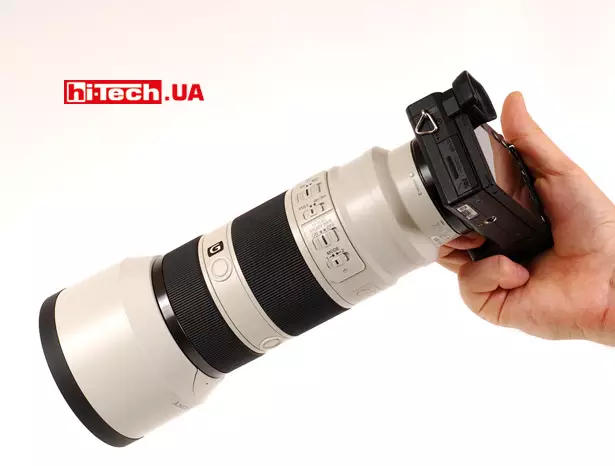
When installing large, heavy lenses, which are often used for sports photography, the camera body is too small for a comfortable, secure grip.
When it comes to video mode, the Sony a6400 has both strengths and weaknesses.
The camera is capable of providing excellent 4K video quality.
Without crop, the Sony a6400 shoots 4K video only at 24 fps. When set to 30 fps, there is a slight cropping.
Similar frame cropping will also occur in 1080p@120 mode.
I would, of course, also like to get a 4K@60 mode (60 fps at 4K resolution), but in this class this is still a curiosity and the Sony a6400 does not have such a function.
We would praise the lack of a built-in matrix (due to matrix shift) stabilization system as a significant drawback of the a6400. If you really need it, Sony suggests purchasing the more expensive a6600.
The video may show negative effects of rolling shutter and jelly, associated with the slower line-by-line reading speed of the sensor compared to some competitors.
With the ability to raise the screen by 180, the manufacturer also addresses the Sony a6400 to video bloggers who often film themselves.
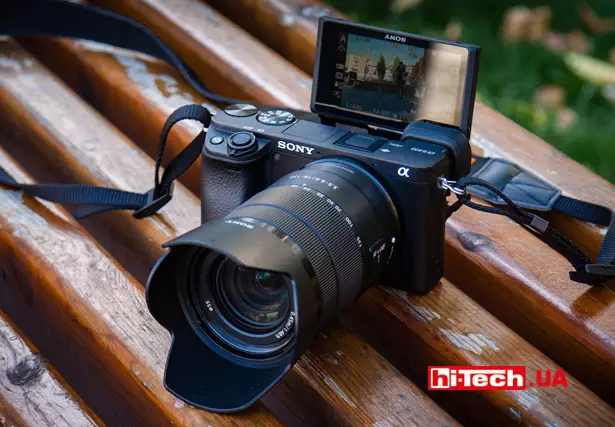
Sony a6400
In our opinion, the camera is far from ideal for this. The a6400 is not so compact; when you attach an external microphone to the flash shoe, it will block the screen, but the main factor is still the lack of stabilization.
Battery and charging
With a standard NP-FW50 battery, the Sony a6400 is claimed to be capable of taking up to 410 shots (measured according to the CIPA standard).
It must be said that this figure says little in reality. Battery life, number of photo frames and video minutes will greatly depend on the mode of use.
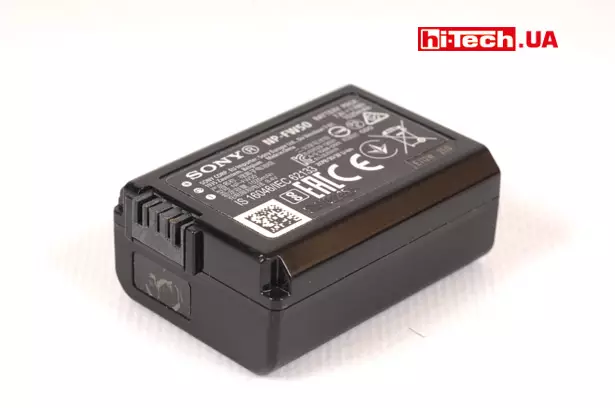
Included battery Sony NP-FW50
According to subjective feelings, the autonomy of the a6400, as for a mirrorless camera, is quite good, although not outstanding.
It’s very good that the model can work and be recharged from a regular USB port. By taking a capacious power bank (external battery) with you, you can significantly improve the autonomy of the Sony a6400 without having to look for an outlet.
Conclusions
Sony a6400 is an extremely interesting model if we consider mid-class cameras with a cropped matrix.
Access to many proprietary technologies and Sony’s vast mirrorless experience make it possible to create very high-quality devices.
The shooting level of the a6400, supported by high functionality, allows it to even be used professionally.
Along with its brothersa6600, a6100, it has almost the most advanced and interesting autofocus system in its class. Previously, such autofocus was available only in much more expensive models.
The closest competitor would be called Fujifilm X-T30. The model is also very strong at photography, it will definitely not be inferior in video recording quality, but it will certainly be weaker in AF capabilities.
The just presented Nikon Z50 can also “tread on the heels” of great things. But its capabilities have not yet been studied.
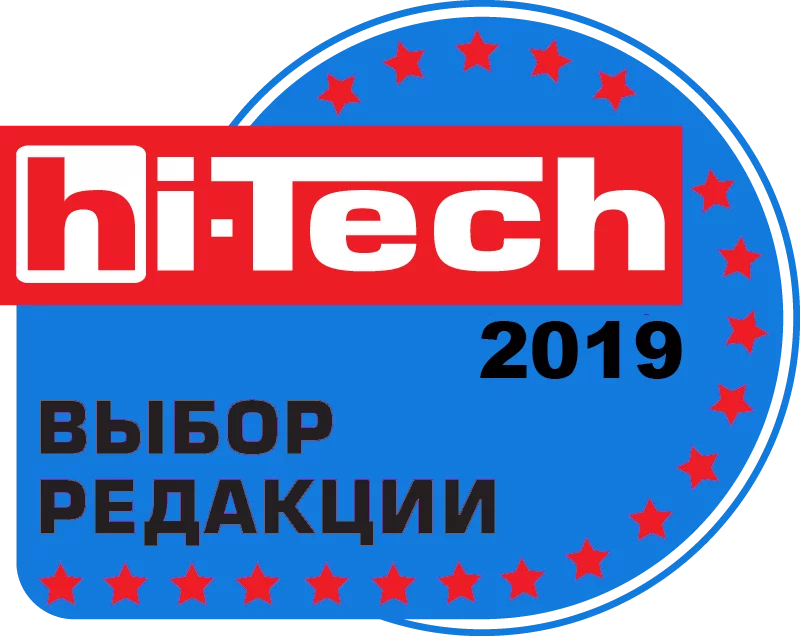
Characteristics of Sony a6400 (ILCE-6400) |
|
| Camera type: | mirrorless |
| Matrix resolution: | 24.2 megapixels. |
| Matrix size, type: | APS-C (23.5 x 15.6 mm), CMOS Exmor |
| Bayonet: | E-mount |
| Image stabilization system: | no (stabilization is available if the lens used is equipped with this system) |
| Eye viewfinder: | electronic, 2.36 megapixels. |
| Screen: | 3”, rotatable, touch |
| Type of memory cards used: | SD, SDHC, SDXC, MS PRO Duo, MS PRO-HG Duo, MS Micro (M2) |
| Max. video quality: | 3840×2160 (4K) at 30 fps |
| Max. video frame rate | 120 fps (Agdd RV) |
| Continuous shooting speed: | 11 fps |
| Wireless interfaces: | Wi-Fi, Bluetooth, NFC |
| Dimensions without lens: | 120 x 70 x 60 mm |
| Battery: | Li-Ion NP-FW50 |
| Weight: | 403 g (with battery) |
| Supplier: | Sony |
| Sony a6400 price without lens (ILCE-6400) | 30,000 UAH. ($1200) |
| Price Sony a6400 with Sony E PZ 16-50 mm F3.5-5.6 OSS lens (ILCE6400LB) | 35,000 UAH. ($1400) |
| Price Sony a6400 with Sony E 18-135mm f3.5-5.6 OSS lens (LCE6400MB) | 46,000 UAH. ($1840) |
Rating:
+ great autofocus system
+ high quality photography
+ excellent functionality
+ flip-out touch screen
+ high detail of 4K videos
+ USB charging
- high cost of a complete lens
- no image stabilization system built into the camera
- when using very large lenses, the body will not be very convenient
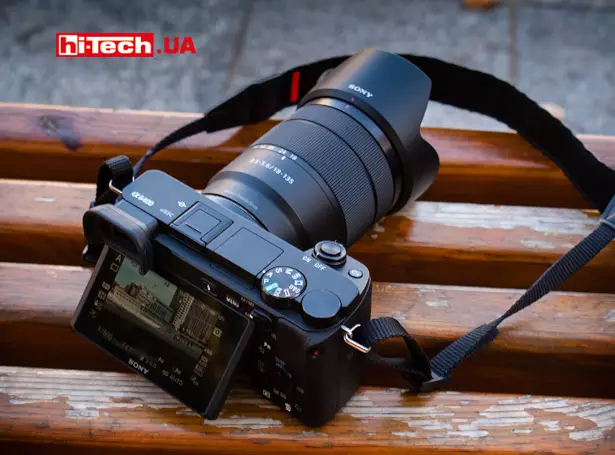
Gallery of photos taken with the Sony a6400 camera
Pictures were taken from RAW files with individual minor processing using Adobe Camera Raw. In the EXIF data, you can view the shooting parameters, including the lenses used, ISO sensitivity, etc.
See also:
- Review of the Sony RX0 II compact camera. Where is the autofocus?
- What kind of “beast” is the Sony DSC-RX0? Let’s get acquainted with a camera that has no analogues!
- Review of the Sony HDR-AS300 action camera
- We find out the differences between the Sony FDR-X3000 and HDR-AS300 action cameras. 4K is useful
- Review of the Fujifilm X-E2S mirrorless camera: when the shooting process is as captivating as the result
Engineer of the Test Laboratory
Don't miss interesting news
Subscribe to our channels and read announcements of high-tech news, tes
Oppo A6 Pro smartphone review: ambitious

Creating new mid-range smartphones is no easy task. Manufacturers have to balance performance, camera capabilities, displays, and the overall cost impact of each component. How the new Oppo A6 Pro balances these factors is discussed in our review.
Best Bluetooth speakers 2025. Top models in different segments
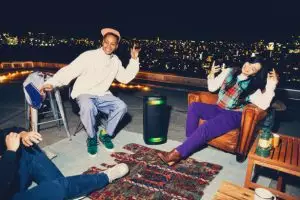
A speaker has long ceased to be just an accessory for a smartphone. It has become a tool for creating an atmosphere – from a small meeting to a large-scale party.
Nvidia GeForce RTX 4060 is back in the Steam leaderboards Steam videocard
Current Steam data generally looks predictable and does not yet show the impact of memory price increases, which may later affect component prices.
Google is testing artificial intelligence to generate news headlines Google
Google continues to expand the use of artificial intelligence in its services, and it’s not working very well

























